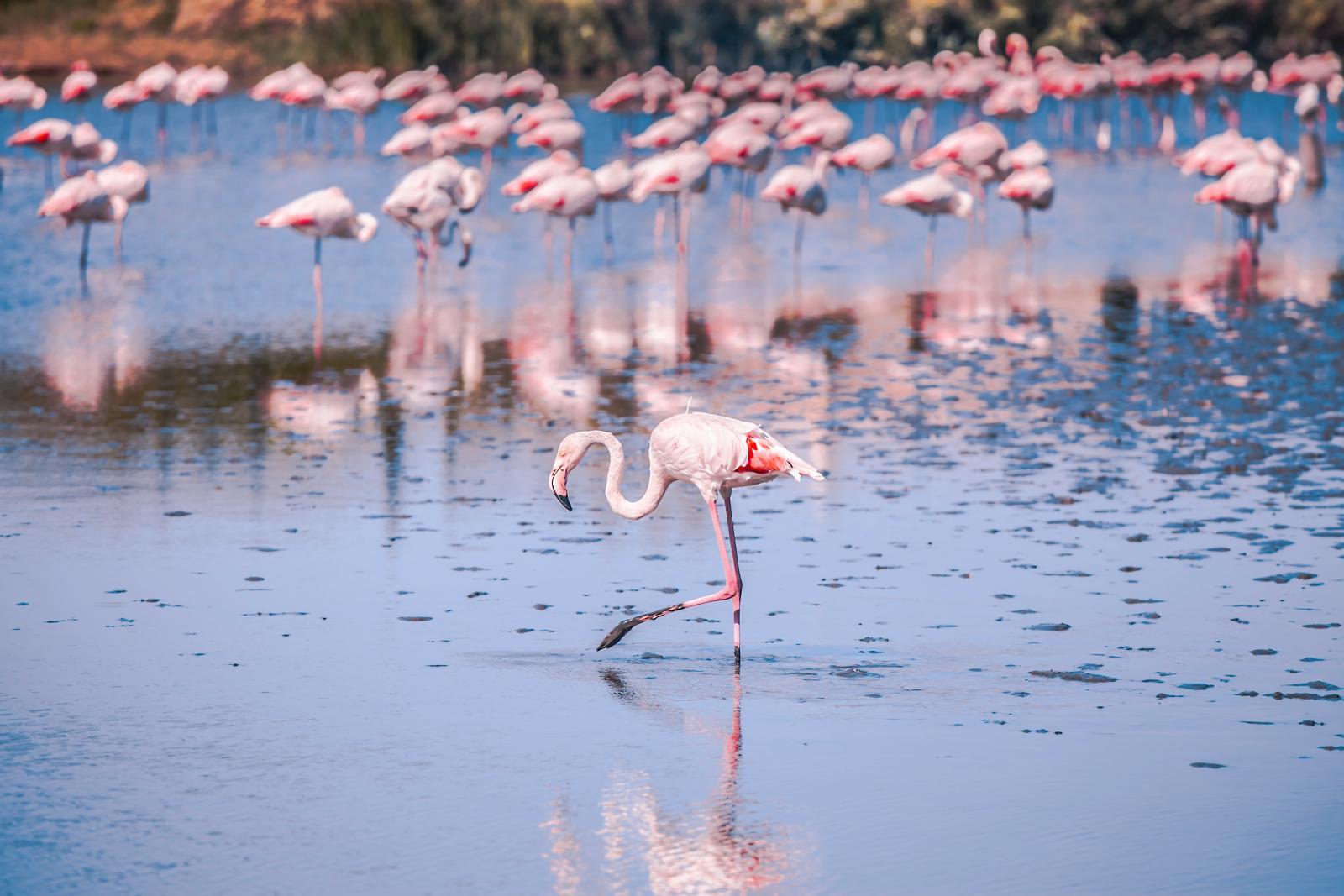The opening of the 9th session of the FENS came with an unexpected surprise. After the organizer committee, represented by Marina Bentivoglio, made the mandatory honors, the ceremony continued with the “Fanfara del 1° commando areonautica”. Their participation enriched this first day of conference with beautiful music, ranging from the masterpieces of Puccini, Verdi, Modugno and Morricone, a participation that resulted in being just as much unexpected as appreciated. Regarding the events more in topic with the conference, these are my three favorite moments of the first day of the FENS Forum 2014.
3 – The Historic session and “The smile of the mind”.
An entire room has been filled with posters displaying the work of different projects aiming to recuperate and restore the material of many important neuroscientists. The work and the materials made in the laboratories of Nobel prizes like Lord Sherrington, Ramon Y Cajal , Camillo Golgi and others was shown to the public also thanks to projects financed by the FENS society. Together with this work, a nice presentation showed how the nervous system has been analyzed and perceived in the past, starting from the designs of Leonardo Da Vinci – whose anatomical tables represented with high fidelity the organization of the central and peripheral nervous system – to the studies of phrenology. Finally, it was highlighted how mental diseases started to appear in artistic representation through the work of caricature and grotesque artists. Even though this session was not showing high ground-breaking or state-of-the-art technique, it was still interesting for the mere fact that for someone, like a young neuroscientist trying to understand where he or she wants to go in his or her career, it is very important to know where he or she came from.
2 – Ann Marie Craig, British Columbia, Canada
Ann Marie Craig presentation focused on how synapses are very unique structure whose misregulation can lead to a spectrum of nervous system diseases like, for instance, autism. Their method allowed them to find specific molecules that play important role in the formation of synapses. Her extensive work, which combined the cooperation of many other groups of researchers, showed how all of these molecule contribute to synapse formation in different combination that are specific for subsets of cells, driving different functional aspects like plasticity and balance of excitation and inhibition.
1 – Christopher Moore, Brown University, USA
Christopher Moore lab uses state-of-the-art technologies in order to observe the functionality of the neocortex of mice. A main focus of Moore’s lab is the study of the interaction of vascular system and neurons. These two components are in strict proximity and provide continuous information about the hormone condition of the body to neurons, modulating their functions. His work shows how neural activity regulates vascular dynamics both directly and through astrocytes, while, on the other hand, vascular dynamics changes feedback to neural activity, thus facilitating its activity. They succeeded to identify a neuronal population that is very sensitive in responding to vascular dilatation with an increase in activity, a mechanism that adds a further level of complexity about the functioning of neocortex.


